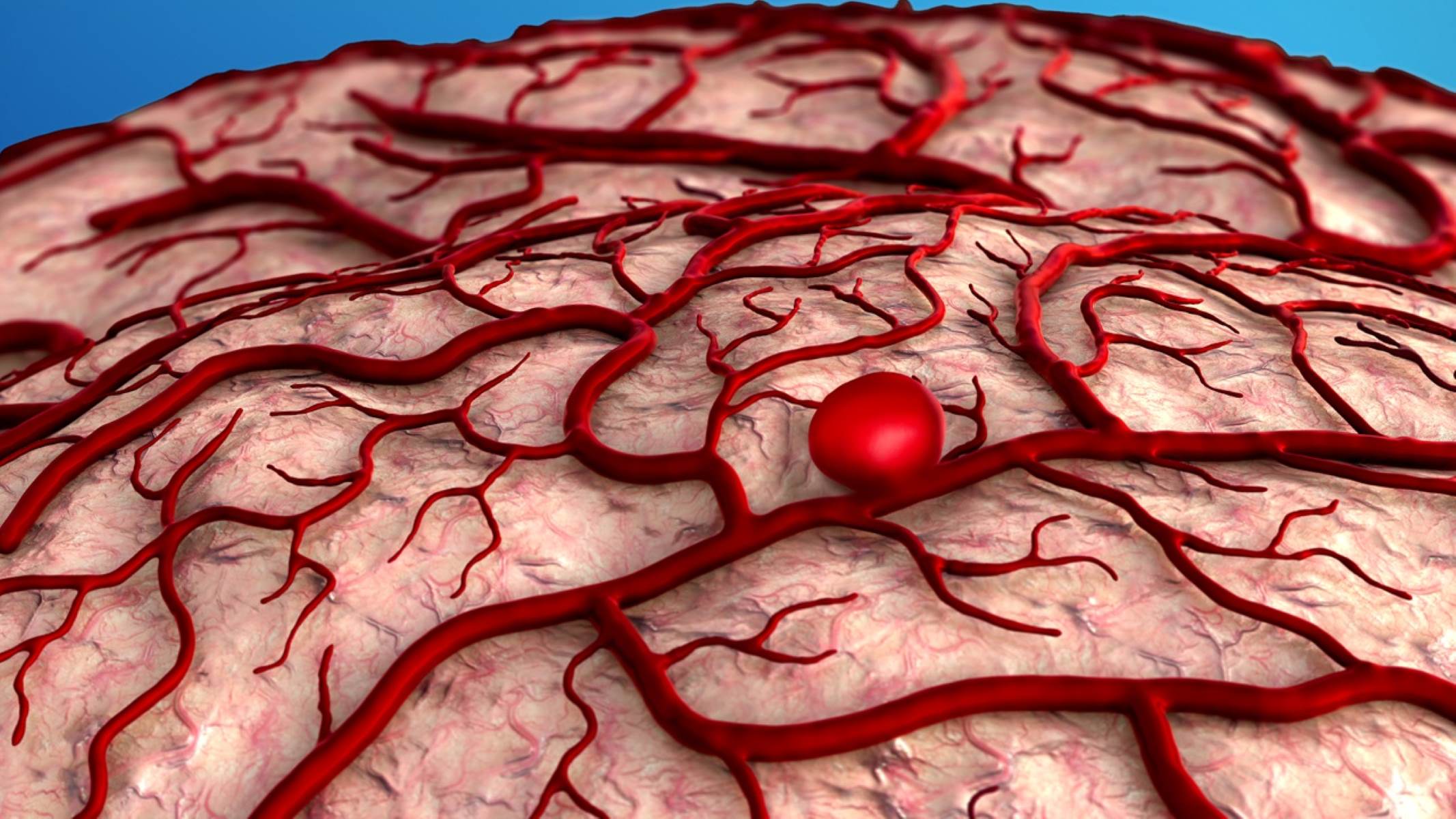
What is cadaverine? Cadaverine is a foul-smelling compound produced by the breakdown of proteins in living and dead organisms. It’s a diamine with the chemical formula C5H14N2. Why does it matter? This compound plays a significant role in forensic science, helping experts determine the time of death. Where is it found? Cadaverine is present in decaying animal tissue, certain plants, and even some foods like fish. Is it harmful? While it’s toxic in large amounts, cadaverine is usually found in low concentrations that are not harmful to humans. Why does it smell so bad? Its strong odor is due to the presence of nitrogen, which is common in many stinky substances.
What is Cadaverine?
Cadaverine might sound like something out of a horror movie, but it's a real chemical compound. It's a diamine with the formula NH2(CH2)5NH2, and it forms during the putrefaction of animal tissue. Here are some fascinating facts about this intriguing substance.
-
Cadaverine is a product of protein decomposition. When proteins break down, they release amino acids, which then degrade into cadaverine.
-
It has a foul odor. The smell of cadaverine is often described as similar to rotting flesh or decaying fish.
-
Cadaverine is found in decaying animal tissue. This compound is a byproduct of the bacterial breakdown of lysine, an amino acid.
-
It is also present in some foods. Small amounts of cadaverine can be found in certain aged cheeses and fermented foods.
Chemical Properties of Cadaverine
Understanding the chemical properties of cadaverine helps in grasping its role in various biological processes.
-
Cadaverine is a diamine. This means it contains two amine groups, which are functional groups derived from ammonia.
-
It is colorless. In its pure form, cadaverine is a colorless liquid.
-
Cadaverine is soluble in water. This solubility allows it to easily spread through tissues and fluids.
-
It has a boiling point of 178°C. This relatively high boiling point indicates its stability at room temperature.
Biological Role of Cadaverine
Cadaverine isn't just a smelly byproduct; it plays several roles in biology.
-
It acts as a signaling molecule. In some bacteria, cadaverine helps regulate gene expression and cellular functions.
-
Cadaverine can inhibit cell growth. High concentrations of cadaverine can be toxic to cells, inhibiting their growth and division.
-
It is involved in the immune response. Some studies suggest cadaverine may play a role in modulating the immune system.
-
Cadaverine can affect neurotransmission. It has been shown to interact with neurotransmitter receptors in the brain.
Uses of Cadaverine
Despite its unpleasant smell, cadaverine has several practical applications.
-
It is used in forensic science. Detecting cadaverine can help forensic scientists determine the time of death.
-
Cadaverine is used in the production of nylon. It serves as a precursor in the synthesis of certain types of nylon.
-
It can be used as a biomarker. Cadaverine levels can indicate bacterial contamination in food and other products.
-
Cadaverine is studied in medical research. Researchers investigate its role in diseases and potential therapeutic uses.
Cadaverine in Nature
Cadaverine isn't just a human concern; it appears throughout nature.
-
It is produced by bacteria. Many bacteria produce cadaverine as they break down organic matter.
-
Cadaverine is found in plants. Some plants produce cadaverine as part of their metabolic processes.
-
It can attract scavengers. The smell of cadaverine can attract animals that feed on decaying matter.
-
Cadaverine is part of the nitrogen cycle. It helps recycle nitrogen in ecosystems by breaking down proteins.
Health Implications of Cadaverine
Cadaverine can have various effects on human health, both positive and negative.
-
It can cause food poisoning. High levels of cadaverine in food can lead to foodborne illnesses.
-
Cadaverine may have antimicrobial properties. Some studies suggest it can inhibit the growth of certain bacteria.
-
It can be toxic in large amounts. Excessive cadaverine exposure can lead to symptoms like nausea and vomiting.
-
Cadaverine is being studied for cancer treatment. Researchers are exploring its potential use in targeting cancer cells.
Fun Facts about Cadaverine
Let's lighten the mood with some quirky facts about cadaverine.
-
It was discovered in 1885. Ludwig Brieger, a German physician, first identified cadaverine.
-
Cadaverine is related to putrescine. Both compounds are produced during decomposition and have similar structures.
-
It is used in fish bait. The smell of cadaverine can attract fish, making it useful for anglers.
-
Cadaverine can be synthesized in the lab. Scientists can create cadaverine through chemical reactions.
-
It is a topic in popular culture. Cadaverine often appears in discussions about zombies and horror stories.
-
Cadaverine has a role in art. Some artists use the concept of cadaverine to explore themes of decay and mortality.
Final Thoughts on Cadaverine
Cadaverine, a compound with a rather grim name, plays a fascinating role in both nature and science. Found in decaying animal tissue, it’s responsible for the unmistakable smell of rotting flesh. Despite its unpleasant odor, cadaverine has important uses. It helps forensic scientists determine time of death, aids in medical research, and even has potential in cancer detection. Understanding cadaverine’s properties and applications can shed light on various biological processes and scientific advancements. While it might not be a household name, this compound’s significance in different fields is undeniable. Next time you hear about cadaverine, remember it’s more than just a stinky molecule; it’s a key player in many scientific discoveries.
Was this page helpful?
Our commitment to delivering trustworthy and engaging content is at the heart of what we do. Each fact on our site is contributed by real users like you, bringing a wealth of diverse insights and information. To ensure the highest standards of accuracy and reliability, our dedicated editors meticulously review each submission. This process guarantees that the facts we share are not only fascinating but also credible. Trust in our commitment to quality and authenticity as you explore and learn with us.


